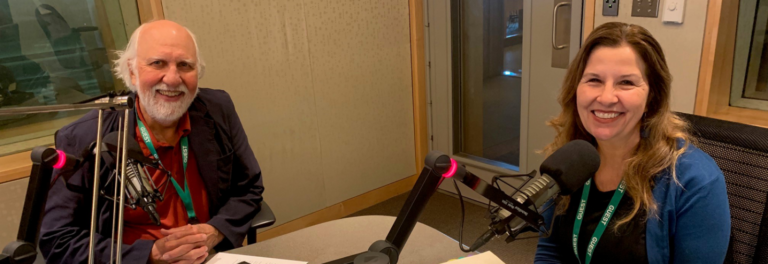I am a planner in Wilder Programs and a consultant with Wilder Center for Communities. I have often been looked to and requested for my facilitation expertise and ability to lead intercultural and diversity work. Most recently I was involved in designing and facilitating an inaugural leadership workshop for the annual Overcoming Racism Conference, and I also participated in the two day conference from Nov. 13-15, 2014.
My participation in the conference and the experience of facilitating the workshop provided me with reminders about the differences or distinctions between working on racial equity and working to increase intercultural competence.
Increasing intercultural competence focuses on:
- Staying vigilant about becoming better equipped to deal with diversity
- Deepening both self-cultural awareness and knowledge of cultural other
- Bridging these two aspects of cultural understanding moves us along
Working on racial equity means:
- Dealing with oppression and the direct and indirect impact in our lives
- Understanding there is individual racism and structural racism
- Acknowledging that moving towards action requires a commitment to interrupt and intervene
- Being intentional about the collective action we create together
The distinction between intercultural competence and racial equity is in the goals and the frameworks that drive these topics. Being culturally competent is not a yes or no question. It is an ability that varies on a continuum and also depends on the beliefs and values that shape people’s world view of cultural differences and commonalities. Increasing intercultural competence is something that prepares us to work on racial equity.
The goal of racial equity work is ultimately racial justice, and the approaches to deal with oppression and disrupt racism vary. When people are able to better understand how their world view was shaped and able to understand other worldviews, they can be adaptive across many contexts. For example, my role and relationship to different men and boys of color (i.e. sister, aunt, and partner) shape both my indirect experience and view of the events that have taken place in Ferguson, Mo.
Racial equity work is driven by a specific focus on dealing with oppression. This focus often integrates addressing power and privilege with vigilance in teaching and acknowledging the historical roots of racism in our country. We need dedicated spaces to deal with our individual and collective experiences of oppression and the historical events that have created injustices. People need a courageous space that makes it okay to have emotional release and for others to bear witness to the feelings of anger, pain, sadness, shame, fear, and hopelessness that come with racism.
As people work on understanding individual racism, they often find that they have had long lasting impactful experiences of racism or experiences of witnessing racism and they haven’t healed from those events. The healing work is very personal and takes time. Dismantling the individual biases and structural biases that stem from racism is another aspect of working on racial equity.
As individuals, we can take steps to increase our intercultural competence and build racial equity. How do we work on this?
- Complete the Intercultural Development Inventory, a formal assessment of intercultural competence. Keep talking about how you can apply what you learn and discover to both past experiences and new situations. Use the Individual Development Plan that is now offered by IDI to take 5 steps to continue using your IDI results.
- Check out this article about how some local youth are working together at Roseville High school
- Attend the 2015 Overcoming Racism Conference
- For more perspectives on Overcoming Racism, watch this video





